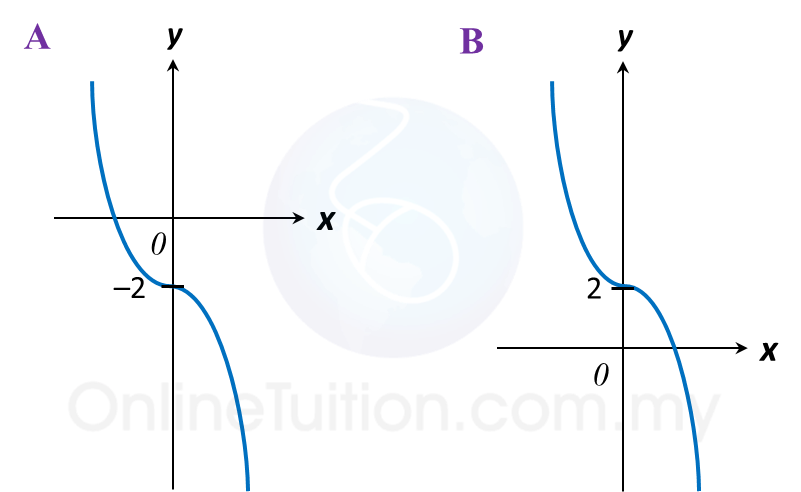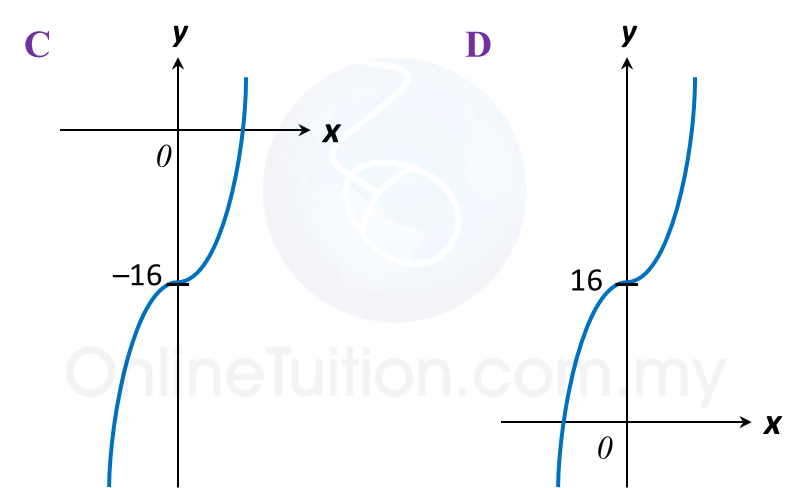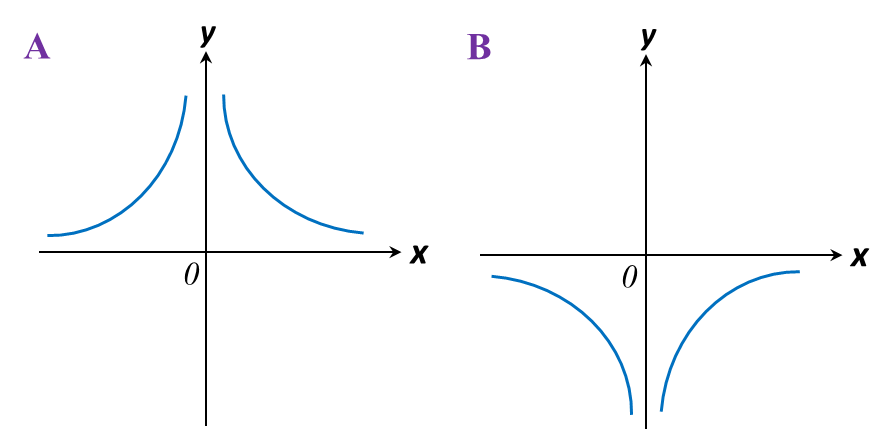Question 2:
(a) Diagram below shows point A and straight line y + x = 5 drawn on a Cartesian plane.
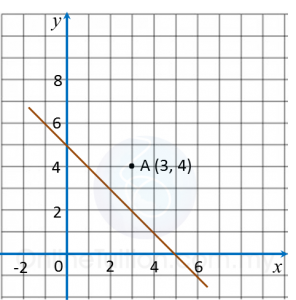
Transformation T is a translation
Transformation R is a reflection at the line y + x = 5.
State the coordinates of the image of point A under each of the following transformations:
(i) Transformation T,
(ii) Combined transformation TR.
(b) Diagram below shows pentagons JKLMN, PQRST and PUVWX, drawn on a Cartesian plane.

(i) PUVWX is the image of JKLMN under the combined transformation CB.
Describe in full the transformation:
(a) B (b) C
(ii) It is given that pentagon JKLMN represents a region of area 80 m2 .
Calculate the area, in m2 , of the region represented by the shaded region.
Solution:
(a)
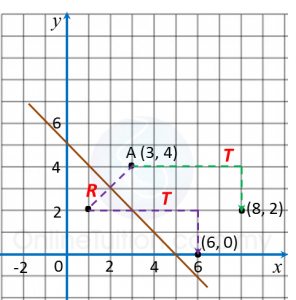
(i) (3, 4) → T → (8, 2)
(ii) (3, 4) → R → (1, 2) → T → (6, 0)
(b)

(b)(i)(a)
B: A clockwise rotation of 90o about the centre (0, 2).
(b)(i)(b)
(b)(ii)
Area of PQRST = Area of JKLMN
= 80 m2
(a) Diagram below shows point A and straight line y + x = 5 drawn on a Cartesian plane.

Transformation T is a translation
Transformation R is a reflection at the line y + x = 5.
State the coordinates of the image of point A under each of the following transformations:
(i) Transformation T,
(ii) Combined transformation TR.
(b) Diagram below shows pentagons JKLMN, PQRST and PUVWX, drawn on a Cartesian plane.

(i) PUVWX is the image of JKLMN under the combined transformation CB.
Describe in full the transformation:
(a) B (b) C
(ii) It is given that pentagon JKLMN represents a region of area 80 m2 .
Calculate the area, in m2 , of the region represented by the shaded region.
Solution:
(a)

(i) (3, 4) → T → (8, 2)
(ii) (3, 4) → R → (1, 2) → T → (6, 0)
(b)

(b)(i)(a)
B: A clockwise rotation of 90o about the centre (0, 2).
(b)(i)(b)
(b)(ii)
Area of PQRST = Area of JKLMN
= 80 m2























